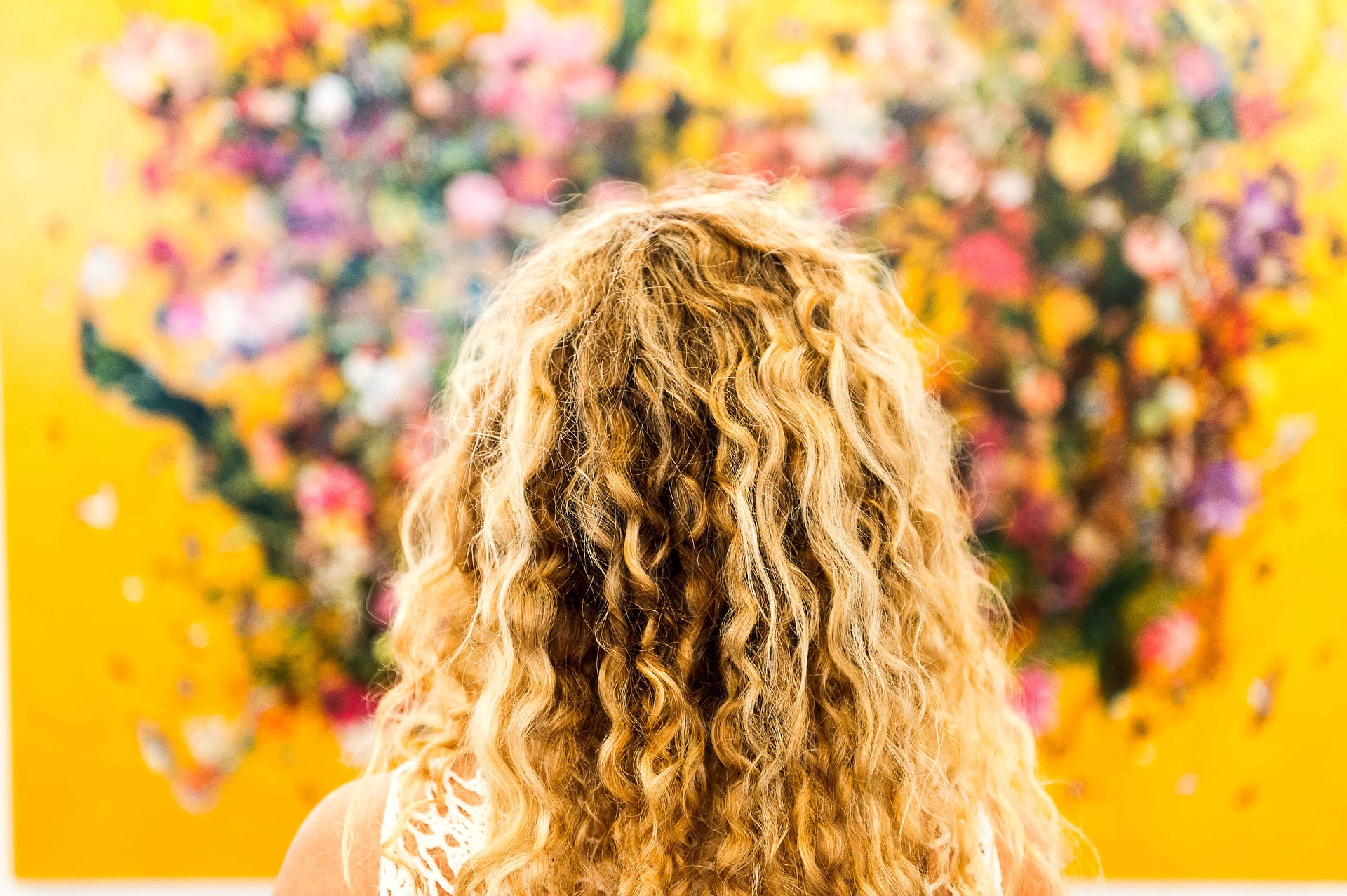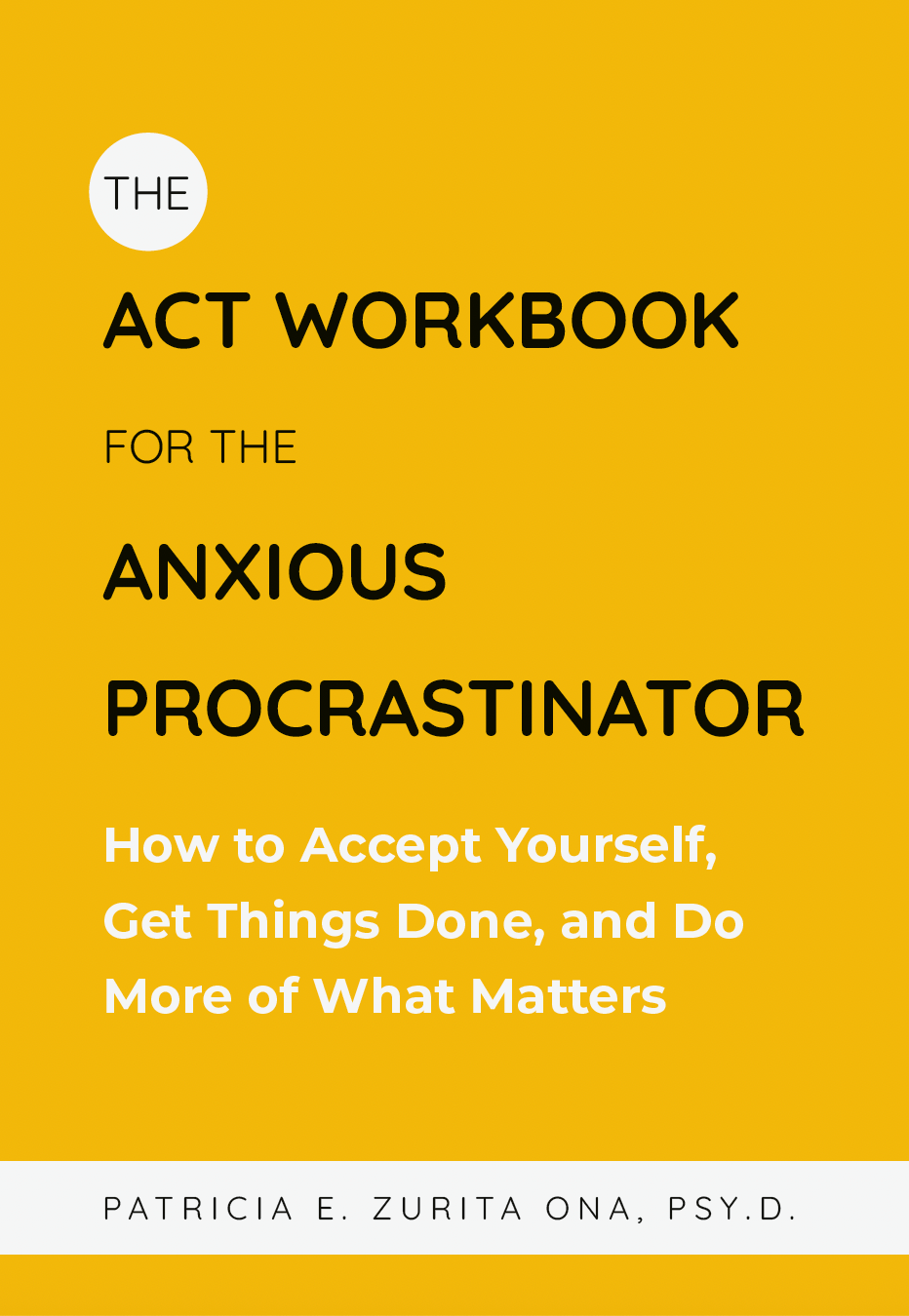
What is Trichotillomania?
Trichotillomania is a disorder where people engage in repetitive hair pulling. People may pull hair from any number of body areas including the head (most common), eyebrows, arms, etc.
Perhaps you recognize this pattern: stroking or playing with your hair, finding “just the right hair” to pull, then rubbing the pulled hair on your mouth, and wrapping it around your finger. Generally, prior to pulling people struggling with trichotillomania focus their attention on the area in some way. For example, they might stare at the hair, rub the hair, isolate hairs, or find a particular type of hair to pull (e.g., grey hair, coarse hair, discolored hair). They may have specific thoughts about the pulling such as “this grey hair shouldn’t be here, this doesn’t feel soft enough, it’s not right.” They may also experience physical sensations such as body tension or not feeling “just right.” After the hair pulling they may throw the hair away, eat it, examine it or engage in some other activity with the hair. There can also be a sense of pleasure, gratification, or relief. Hair pulling can become more intense when people are stressed or depressed and there is evidence that some people engage in hair pulling to cope with unwanted emotions.
The impact hair pulling has on daily living is what leads people to seek treatment. In fact, hair pulling can result in bald spots (leading to feelings of shame and avoidance of intimate relationships or social situations), serious gastrointestinal problems, and occupational or academic impairment.
What’s the most-effective treatment?
Habit reversal training is the front line treatment for trichotillomania. When using habit reversal training clients will learn to practice doing something that makes it difficult to pull hair (called a competing response). For example when noticing any of the warning signs that you might pull your hair or when you’ve started pulling your hair you might engage in an activity that requires you to use your hands.
How can you take the first step?
Since noticing the hair pulling is crucial to treatment why not keep track of it? Use your phone or an index card to make a note of how many times per day you notice yourself pulling your hair. This small step can give you and your clinician an idea of the intensity of hair pulling. It can also make it easier to use treatment strategies; when you know when you’re pulling you also know when to use a strategy instead. As treatment progresses, you can look back at your first tracking sheet and see how far you’ve come!






